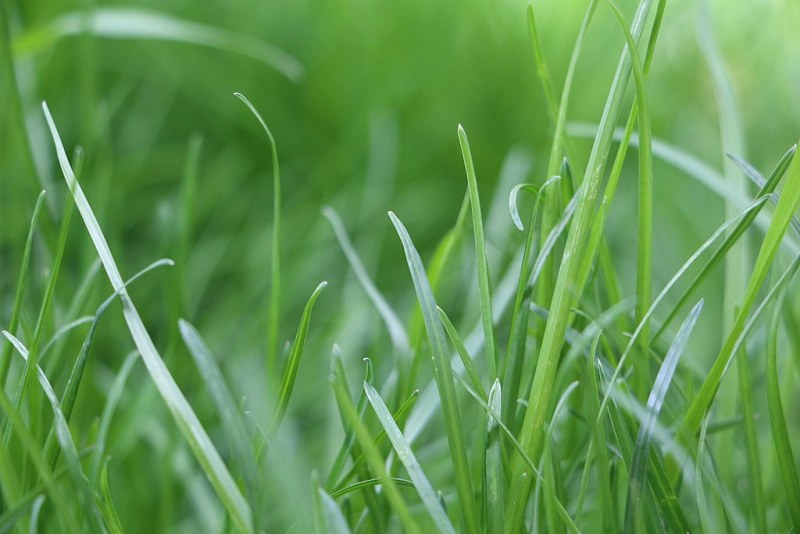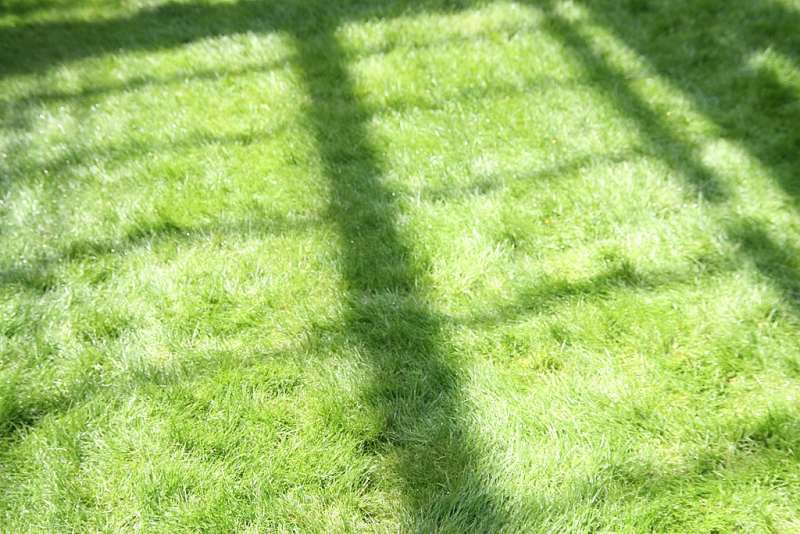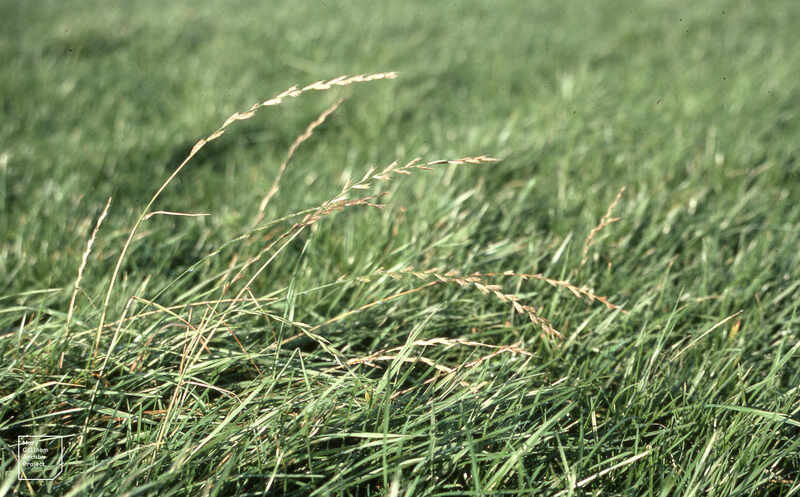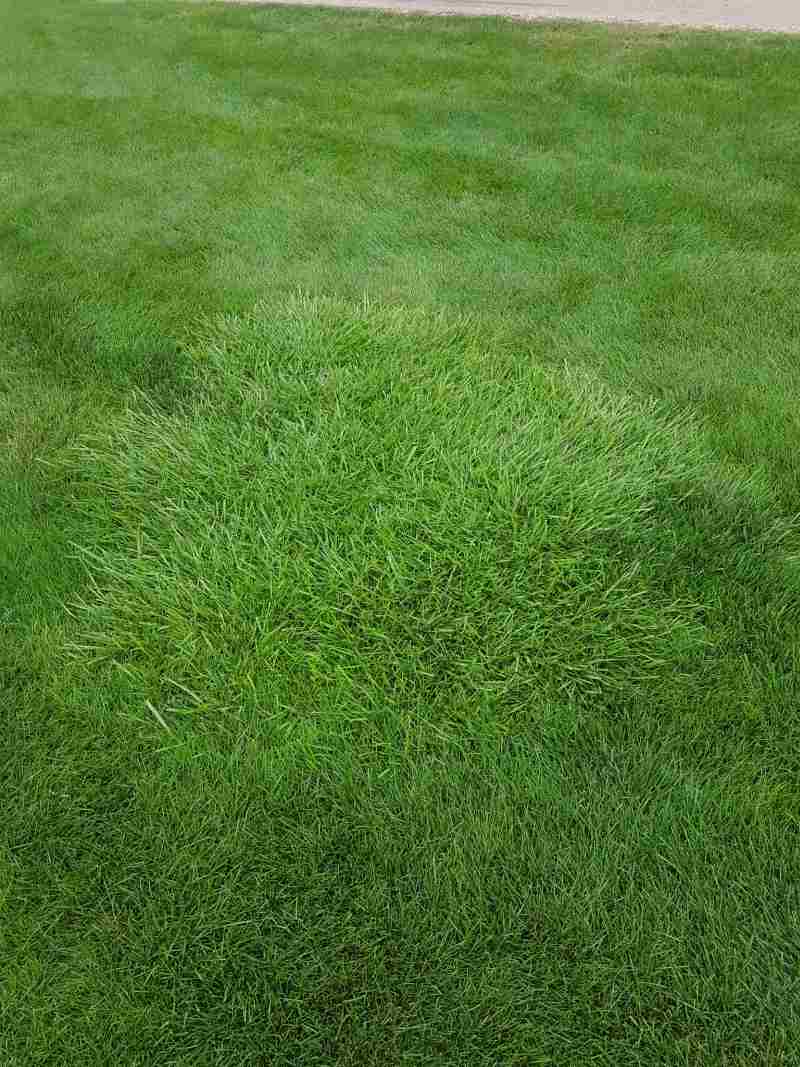5 Best Grass Types for Hartford, Connecticut
BY JUDITH GALLOVA | MARCH 22ND, 2023 | CONNECTICUT, HARTFORD, LAWN CAREHartford is a city of historic landmarks, green parks, and beautiful gardens. There are many inspiring sights, from the scenery of the Connecticut River to the blossoms of Elizabeth Park. If you’re looking to add some natural beauty to your own backyard, you’re in the right place.
Let’s discuss which type of grass is best for your Hartford backyard.
In this article:
- 5 Best Cold-Season Grasses for Hartford
- FAQ About Hartford Grass Types
- Choose the Right Grass and Plants for Your Hartford Landscape
5 Cold-Season Grasses for Hartford
Not every type of grass is suitable for Hartford’s climate and soil conditions. Grass types are divided into two main categories:
- Warm-season grasses grow most actively in late spring and summer when temperatures are around 75 to 95 degrees Fahrenheit. They perform best in the southern half of the United States.
- Cool-season grasses grow most actively in early spring and fall when temperatures are around 55 to 75 degrees Fahrenheit. They’re well-suited to northern climates with distinct seasons and cold winters.
Hartford has warm, sunny summers and cold, snowy winters. That means that cool-season grasses are the best choice for Hartford’s climate. Find out more about the best grasses for Hartford below.
1. Kentucky Bluegrass

Pilot138-17 / Wikimedia Commons / CC BY-SA 4.0
Kentucky bluegrass is a high-quality, blue-green grass that thrives in direct sunlight. Because of its cold resistance, it’s especially popular in the northern parts of the country. Another of its advantages is that if it suffers damage, it can self-repair.
This grass does well in cold climates but can have trouble in poor soil and excessive heat. It grows slowly and doesn’t tolerate shade as well as other varieties of grass. It also has shallow roots, which is why it needs a lot of water.
Moreover, Kentucky bluegrass is vulnerable to diseases and pests more than other grass types. That’s why it’s often mixed with other grasses, such as perennial ryegrass.
Classification: Cool-season grass
Spreads by: Underground stems (known as rhizomes)
Shade tolerance: Partial shade to full sun
Drought tolerance: High but long periods of drought will lead to dormancy
Foot traffic tolerance: High in colder weather, lower in warmer seasons
Maintenance needs: Provide an inch of water weekly; mow every 5 to 7 days; fertilize 1 to 3 times a year
Recommended mowing height: 1 to 3 inches
2. Rough Bluegrass

Photo Credit: Photo by David J. Stang / Wikimedia Commons / CC BY-SA 4.0
Rough bluegrass is similar to Kentucky bluegrass, but with a few distinct differences. It’s a yellow and light-green grass with a rougher texture that grows in areas with more shade.
However, this grass is less resistant to heat and needs more shade and moisture in the summer. It doesn’t mix with other grasses as well as its counterpart. Rough bluegrass also has poor wear tolerance and doesn’t salt well. Additionally, it has a medium-to-high potential for disease.
Classification: Cool-season grass
Spreads by: Rhizomes
Shade tolerance: High
Drought tolerance: High
Foot traffic tolerance: Moderate
Maintenance needs: High
Recommended mowing height: 1.5 to 2.5 inches
3. Perennial Ryegrass

Photo Credit: Dr Mary Gillham Archive Project / Flickr / CC BY 2.0
Perennial ryegrass stands out for its low maintenance and rapid growth. This medium-to-dark green grass tolerates cold and is resistant to damage once it’s been established. Because of its strength, perennial ryegrass is sometimes mixed with other grass types, like Kentucky bluegrass.
Of course, this grass type comes with cons, too. It doesn’t do well in heat and has low resistance to diseases and pests. If it suffers damage, it won’t self-repair. On the upside, it will grow back quickly if you reseed it. But then again, this grass spreads so quickly and aggressively that it may become an issue. If you’re going to get perennial ryegrass, make sure you manage it carefully.
Classification: Cool-season grass
Spreads by: Produces neither rhizomes nor stolons; you’ll need to seed or lay sod on the entire lawn to grow this grass
Shade tolerance: Moderate
Drought tolerance: Moderate, depending on the variety
Foot traffic tolerance: High
Maintenance needs: Mow and water frequently; fertilize every 4 to 6 weeks
Recommended mowing height: 1.5 to 2.5 inches
4. Tall Fescue

Photo Credit: Ty Haller / Flickr / CC BY 2.0
Tall fescue is a medium-to-dark green, versatile grass type that’s excellent at withstanding heat, foot traffic, diseases, and weeds. It can thrive in both full sun and partial shade. Tall fescue grows quickly and doesn’t need much maintenance except frequent mowing to keep its height in check.
On the downside, this grass won’t repair itself if damaged, but it can be reseeded. It should then grow back relatively quickly.
Classification: Cool-season grass
Spreads by: Grows in clumps and spreads through tillers (vertical shoots that grow from the base of the plant)
Shade tolerance: High
Drought tolerance: Very high
Foot traffic tolerance: High
Maintenance needs: Best to mow weekly; requires minimal fertilization; water as needed or it will go dormant
Recommended mowing height: 3.5 to 4 inches
5. Fine Fescue
There are many kinds of fine fescue to choose from, but generally, this grass type is versatile and low maintenance. It’s a medium to dark green grass that withstands both full sun and partial shade and is relatively drought resistant (although it may go dormant in drought).
Fine fescue isn’t resistant to diseases and wear and tear, so take care of it and keep foot traffic to a minimum. Also, be careful with fertilizers. Too many fertilizers can cause high thatch levels, which can choke the grass and lead to diseases.
Classification: Cool-season grass
Spreads by: Stolons (above-ground stems) and rhizomes (modified stems that run underground)
Shade tolerance: High
Drought tolerance: High
Foot traffic tolerance: Moderate to low; not best for heavy foot traffic
Maintenance needs: Mow every 2 to 3 weeks until growth slows in the summer; fertilize 2 to 4 times a year; aerate once a year
Recommended mowing height: 3 to 3.5 inches
FAQ About Grass Types for Hartford
If you want a low-maintenance lawn, consider planting fine fescue. Just make sure you mow it regularly to keep its height between 2.5 and 4 inches. It should never be shorter than 2 inches.
Kentucky bluegrass is your best option, especially during winter. It’s excellent at repairing itself but is more susceptible to damage during warmer months. Alternatively, perennial ryegrass and tall fescue both tolerate foot traffic. However, they’ll need reseeding if damage occurs. On the upside, they grow back quickly.
If your lawn is shaded, fine fescue grass, tall fescue grass, and rough bluegrass are all good choices.
Kentucky bluegrass is soft, withstands foot traffic, and repaiurs itself. Again, just take note that it’s less resistant during warm months.
Choose the Right Grass and Plants for Your Hartford Landscape
When you’re deciding on the best grass for your Hartford lawn, consider a variety of factors, including your personal aesthetic preferences, how the lawn will be used, and maintenance requirements. This guide should help you get a picture of how Hartford grasses differ from each other.
If you want to establish a beautiful lawn for the years to come, your next step could be adding native Hartford plants. These plants are well suited to the local climate and soil conditions. That means they require less maintenance and are beneficial to the environment. Make sure you also research how to care for your lawn at each time of the year.
Maintaining your lawn is no easy task. It involves consistent effort and knowledge of the specific needs of your plants. You can keep your lawn green and healthy with services from WikiLawn’s Hartford lawn care pros.
Main Photo Credit: Ragesoss / Wikimedia Commons / CC BY-SA 3.0